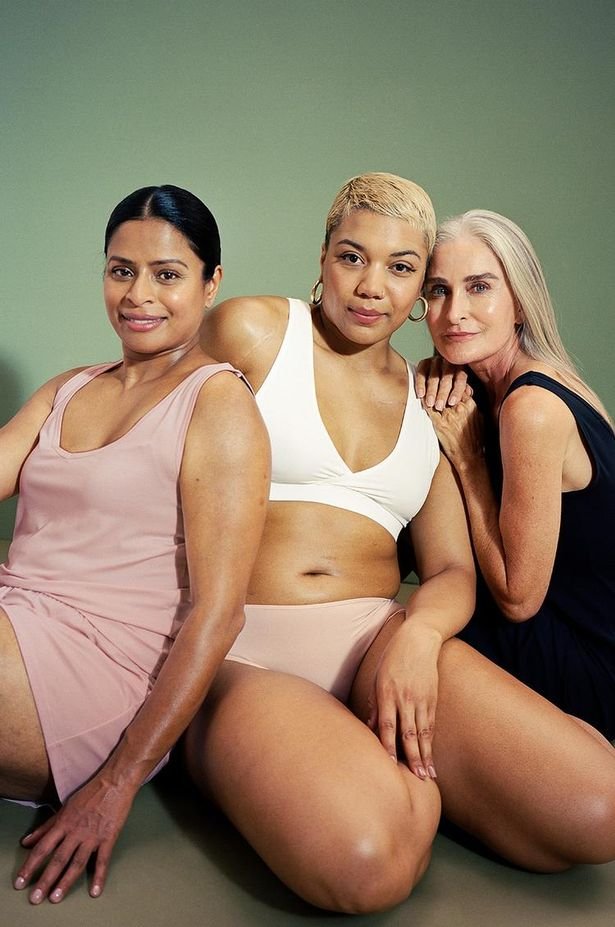The Reading Room: The Women's Room by Marilyn French
In a 2003 review for The Guardian, the late Nuala O’Faolain said that, “...no presentation of the ordinary life of ordinary people is likely to shock again in the way Marilyn French’s novel, The Women’s Room, did…” Though first published five decades ago, the novel still shocks, still resonates with the experiences universal to women and continues to challenge traditional concepts of what a happy ending really means for a woman. I read it first in my early twenties, passed it onto my sisters – new volumes, not my precious copy – then read it again about five years ago, because once you’ve encountered The Women’s Room – it’s not just a read, it’s an experience – you realise it’s the kind of book you’ll always want to have to hand and dip in and out of through the years.
THE BOOK:
The Women's Room by Marilyn French.
PUBLICATION:
1977
WHY IT SHOULD BE READ:
Firstly, The Women’s Room is credited as being one of the most influential novels of the modern feminist movement – reason enough to give it a read – and it is the best-selling feminist novel ever.
It tells white middle-class Mira Ward’s story, beginning when she was a shy teenager in the 1940s, then a bored housewife and mother of two boys in the 1950s, an angry rejected divorceé in the 1960s and finally a student at Harvard in the 1970s. Through Mira’s eyes, we are introduced to a variety of other female characters, from Mira’s conservative mother – she teaches her daughter, among other things, to cross her legs only at the ankle and not to climb trees with boys – to suburban mums, flirtatious housewives and radical feminists. We are given an intriguing snapshot of how each of these women’s lives plays out in the context of a patriarchal landscape.
The power relations between men and women are exposed through Mira’s close circles of friends, and in The Women’s Room, French uses the domestic as a means of reflecting the political. The importance of female friendships is also a cornerstone of the novel, and it’s these relationships that sustain, and sometimes save, Mira on her journey from closeted suburbia to open-minded academia. Towering topics such as suicide, rape, infidelity and death all feature, but it is really the minutia of this novel that gives it such resonance and meaning even today; like, for example, the meticulous polishing and cleaning routine Mira engages in every single day in an effort to meet the 1950s benchmark of what made a good wife, while her husband, a doctor, spent most of his time either at work or at his mother’s house where there were no noisy children.
The topic of women’s unpaid labour in the home is still a fractious one even in 2020. Regardless of what your own life looks like right now, at least some of the women, friendships, male/female relationships and sexual politics in The Women’s Room will echo an aspect of your own journey. Although set in an entirely different era, in a lot of ways Mira is the everywoman. You’ll see yourself reflected in some part of her, just as I did.
Marie Kelly, October 2020.
join the conversation
share and comment below, we’d love to hear your thoughts…











